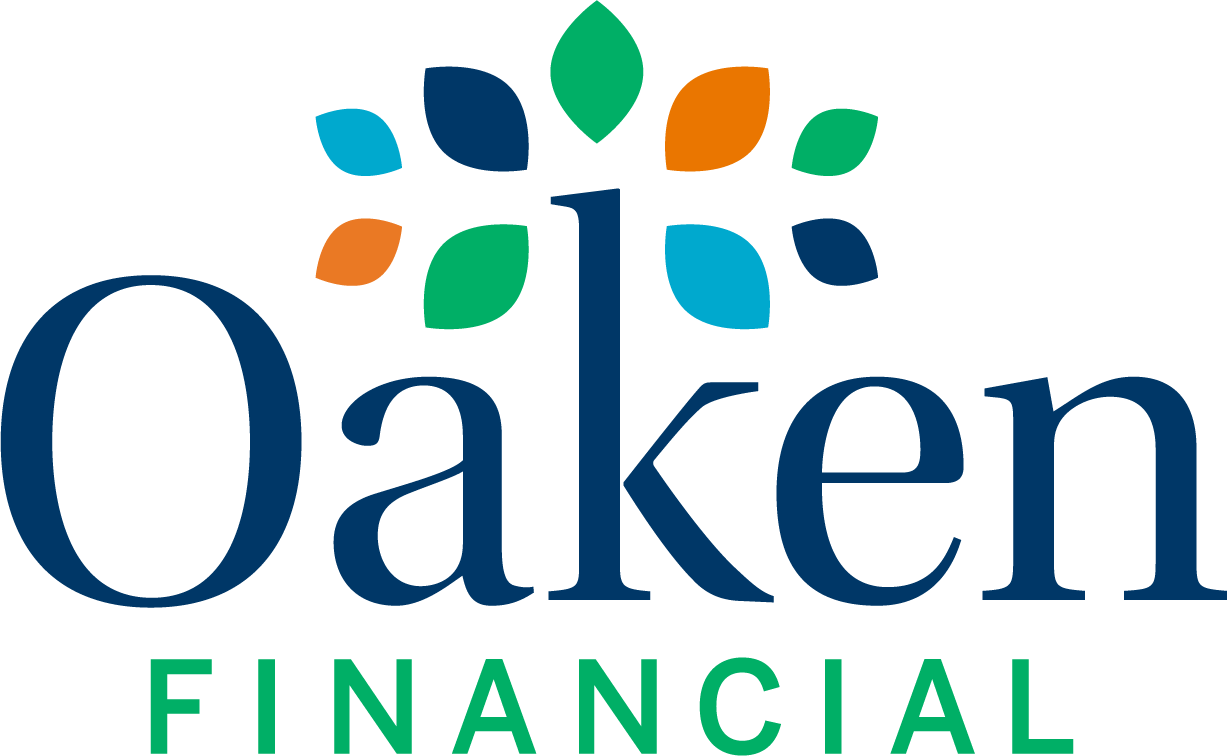When it comes to investments, diversification is key and the saying “don’t have all your eggs in one basket” is as true today as when it was first coined. Savvy investors understand the need for diversification and they make sure to have their money in a range of products and holdings.
When it comes to diversification, one crucial piece is to include some fixed income products in your portfolio. These are investments that will continue to pay you despite what is happening in the market. When everything else might be losing value, fixed income products will continue to hold up.
Guaranteed Investment Certificates (GICs) are a popular form of fixed income investment. Investors have a range of GICs to pick from that vary in length and the interest they pay. Here’s what you need to know if you are new to GICs.
What is a GIC?
A GIC is a loan you make to a financial institution for a fixed term or amount of time. GIC terms typically range anywhere from just 30 days to five years, and when you first invest in a GIC you will know up front the guaranteed rate of return you will receive.
For example, if you buy a five-year GIC with a guaranteed annual rate of return of 2.9%, you’ll earn 2.9% of the principal compounded annually and paid at maturity in five years.
How GICs work for investors?
GICs are great investment tools for risk-averse investors. For those who don’t want to take any chances with losing their principal, GICs can offer peace of mind investing, but even for those with a higher risk appetite, GICs are a great way to diversify your portfolio.
That’s because no matter what is happening in the economy, both your principle and the interest you earn are guaranteed. You can also rest easy knowing that when you invest in a GIC through a financial institution that is a member of the Canada Deposit Insurance Corporation (CDIC), your investment will automatically be eligible for CDIC coverage up to all applicable limits.
What term is right for you?
The length of the GIC term in which you should invest depends on your overall goals. Generally speaking, the longer the term of the GIC the higher the rate of return you will get. For reference, here are the current rates for Oaken’s GICs.
A shorter-term GIC may be a good choice if you are saving for a specific purpose such as a future vacation or your wedding. If you don’t have a particular use for the money, you can put it to use by investing in a longer-term GIC.
GIC terminology
GICs are pretty straight forward but there are some specific GIC definitions you should review before investing in a GIC.
| Minimum deposit | This the minimum amount required by the financial institution to invest in a particular GIC. |
| Term | The term is the length of time that your investment is held by the financial institution providing the GIC. |
| Payment schedule | The payment schedule defines how much interest your investment will earn and when it will be paid. |
| Rate of return | Most GICs offer a fixed rate of return that will be noted as part of the payment schedule. However, you can also invest in a variable rate GIC where the rate may fluctuate during the term in response to market conditions. |
| Maturity date | This is the last day of your GIC term at which point the GIC “matures”. On this date, all remaining interest will be paid out. |
| Cashable or redeemable | These terms are used interchangeably to describe a GIC that allows you to withdraw money from the GIC before the term matures. Usually these types of GICs pay less in return for offering more flexibility. |



 Saving strategies
Saving strategies